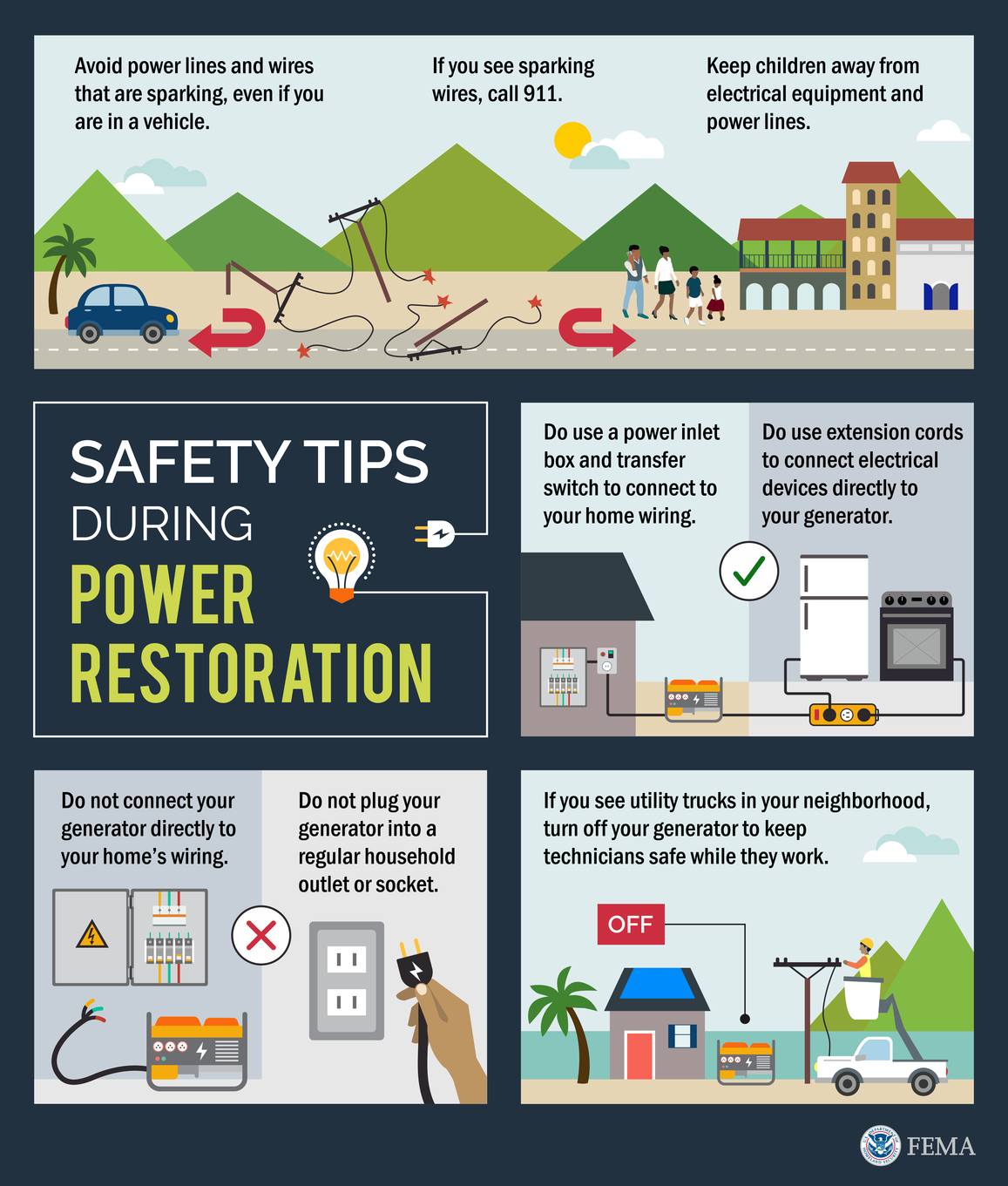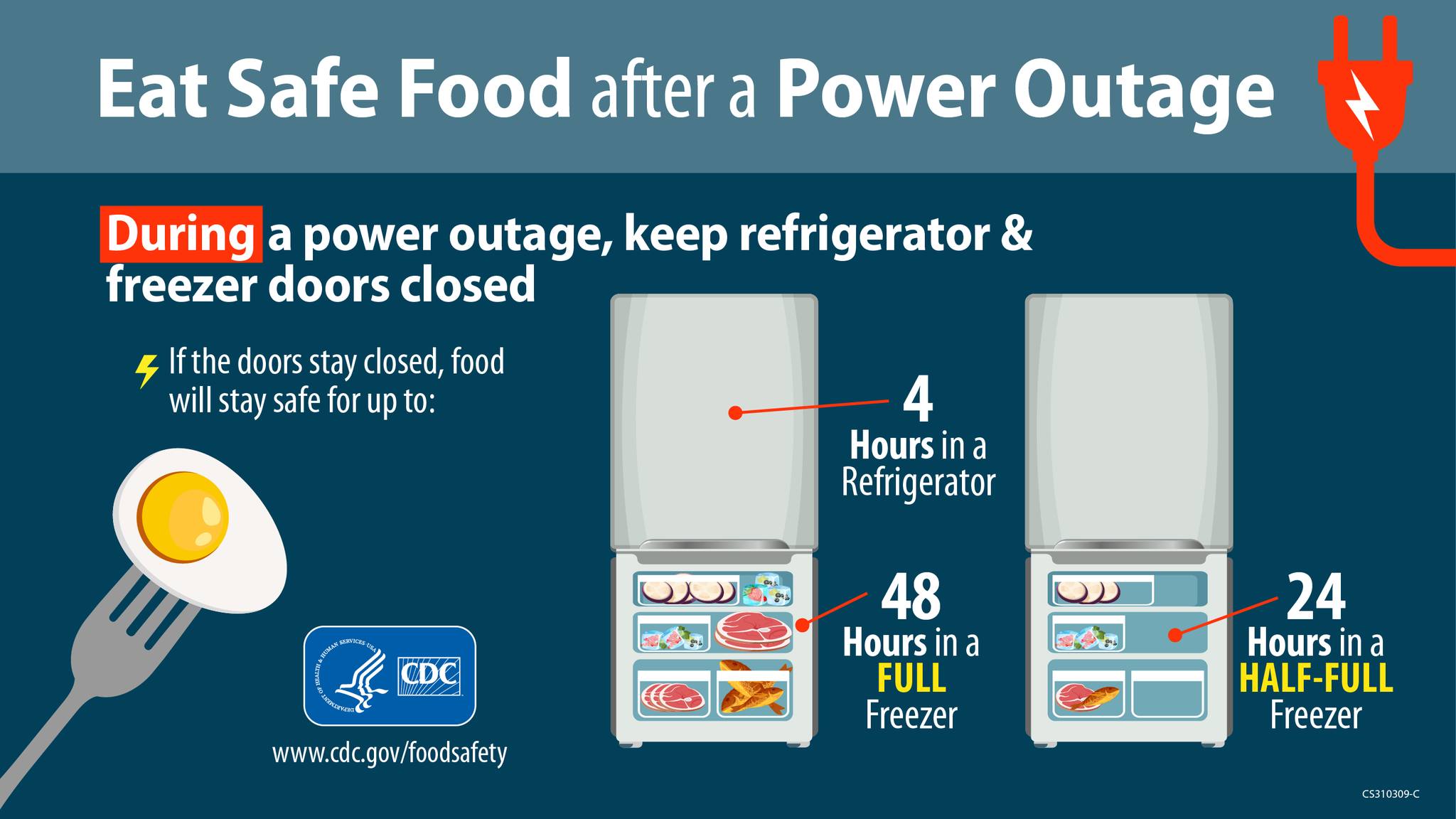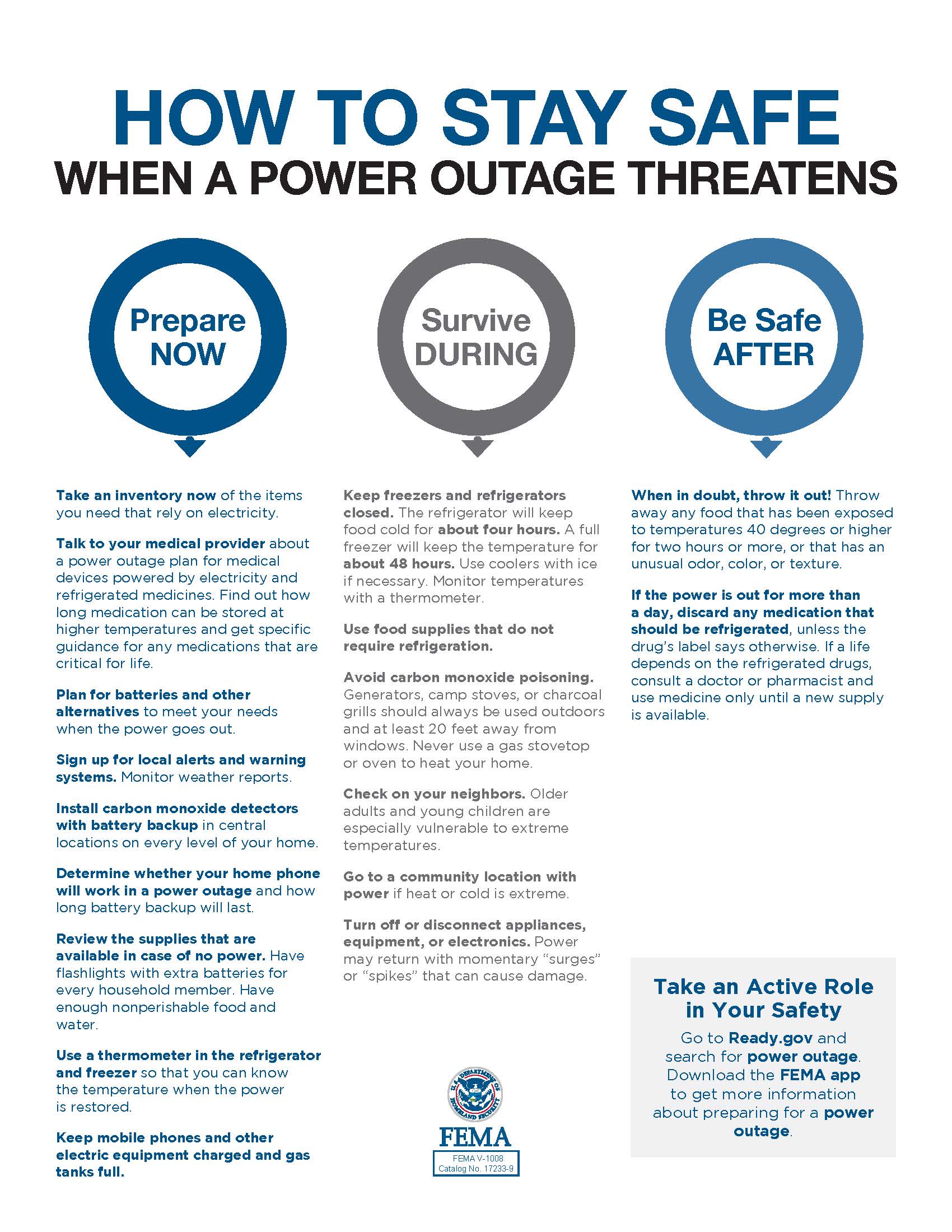KEEP INFORMED |
READY ARMY |
-
How can you prepare for a power outage?Q
-
A
Take an inventory of the items you need that rely on electricity. Plan for batteries and other alternative power sources to meet your needs when the power goes out, such as a portable charger or power bank. Have flashlights for every household member. Determine whether your home phone will work in a power outage and how long battery backup will last. Remember, never use a generator indoors.
For more information on how to be prepared for a power outage, visit Ready.gov.
-
How do you prepare for medical needs during a power outage?Q
-
A
Know Your Medical Needs. If you rely on electricity for any medical needs, make a power outage plan for medical devices or refrigerated medicines. Find out how long medication can be stored at higher temperatures and get specific guidance for any medications that are critical for life.
If you are without power during extreme temperatures, consider going to a community location to keep safe.
For more information on how to be prepared for a power outage, visit Ready.gov.
-
What do you do with appliances and electronics during a power outage?Q
-
A
Disconnect appliances and electronics to avoid damage from electrical surges. Power may return with momentary surges or spikes that can cause damage. Install carbon monoxide detectors with battery backup in central locations on every level of your home to avoid carbon monoxide poisoning. Never use a gas stovetop or oven to heat your home.
For more information on how to be prepared for a power outage, visit Ready.gov.
-
What can you do to keep food safe during a power outage?Q
-
A
Keep freezers and refrigerators closed. A refrigerator will keep food cold for four hours. A full freezer will keep the temperature for about 48 hours. If you are in doubt, monitor temperatures with a thermometer and throw out food if the temperature is 40 degrees or higher. Use coolers with ice if necessary. Maintain a few days’ supply of nonperishable food and water.
For more information on how to be prepared for a power outage, visit Ready.gov.









